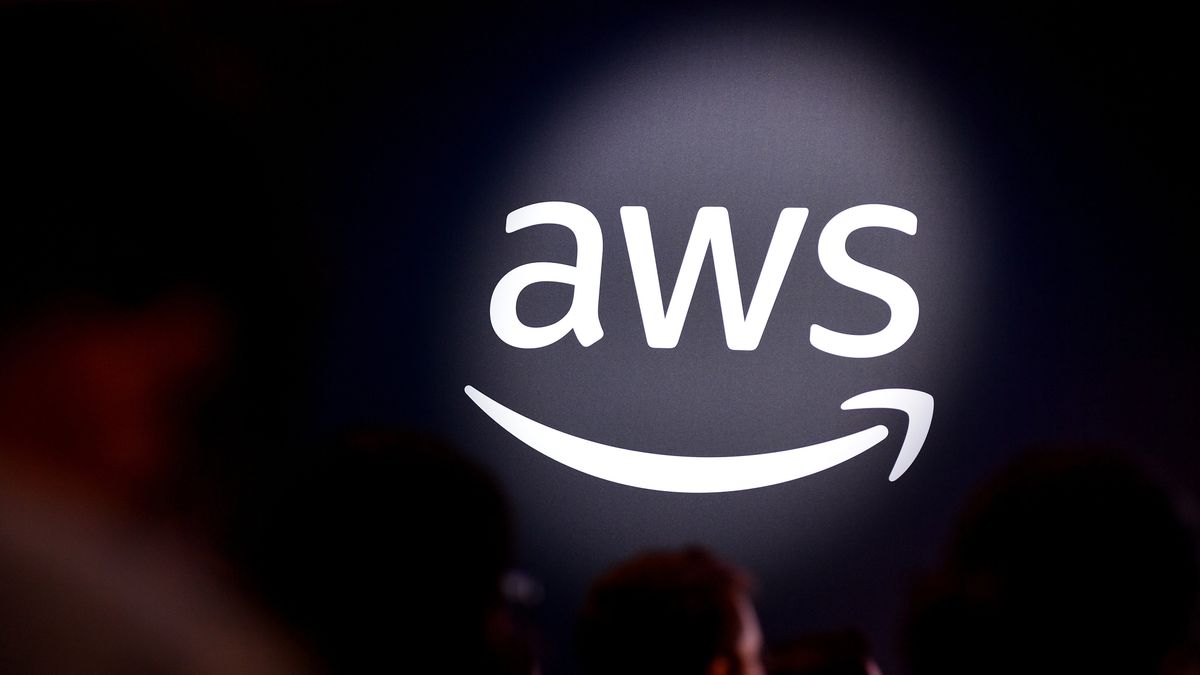Businesses big and small are looking for ways to rein in costs as a tough economy fuels uncertainty. An easy target for these cost cuts is cloud computing. The mega-cloud platforms like Amazon Web Services (AWS) and Microsoft Azure have already suffered a sharp slowdown as customers optimize spending. AWS grew by 12% year over year in the second quarter, while Azure posted 26% growth.
DigitalOcean (DOCN 0.95%) focuses on serving developers and small businesses. While this makes its customer base fickler than the enterprise-heavy cloud giants, its customers likely have less fat to cut from their cloud computing bill. An enterprise customer spending millions each year with cloud resources spread across dozens of teams is more likely to have let cloud spending get away from it than a small business shelling out 90 bucks a month.
Even so, DigitalOcean is now starting to feel some pain. The company’s revenue grew by 27% year over year in the second quarter, but the real story was its guidance. DigitalOcean sees growth slowing way down in the third quarter, and it cut its full-year guidance to reflect weaker demand for cloud computing services.
A broad slowdown
DigitalOcean expects to produce revenue between $172.5 million and $174.0 million in the third quarter, up from $170 million in the second quarter. On a year-over-year basis, this guidance represents a growth rate of just 13%.
For the full year, the company cut its revenue guidance to a range of $680 million to $685 million. Previously, DigitalOcean expected revenue to come in between $700 million and $720 million. The new guidance range represents growth of 18% at the midpoint from 2022.
DigitalOcean is seeing growth slow across all regions and nearly every industry vertical. Expansion is the biggest problem for the company. Customers are becoming increasingly reluctant to boost spending, and that’s showing up in DigitalOcean’s net dollar retention rate (NDR). NDR was just 104% in the second quarter, down from 112% in the same period last year.
Contraction in customer spending is also acting as a headwind, although the company noted that contraction stabilized in the second quarter. This could mean that the impact of customers optimizing their cloud spending is largely in the past, although contraction remains elevated from before the downturn in the cloud computing market began.
One piece of good news was churn. DigitalOcean’s churn rate, which will naturally be higher than the big cloud platforms due to its dearth of sticky enterprise customers, is holding steady around the same level as before the downturn. While customers are optimizing spending and are reluctant to expand, they’re not leaving DigitalOcean.
Impressive cash flow
DigitalOcean is making lemonade out of lemons, using the slowdown as an opportunity to cut its costs and boost free-cash-flow generation. The company produced free cash flow of $45 million in the second quarter, good for a free-cash-flow margin of 26%.
That free-cash-flow margin will come down to a range of 21% to 22% for the full year, partly because the company will be investing heavily in Paperspace, its recent artificial intelligence (AI) acquisition. Paperspace, which offers an easy-to-use platform for training and deploying AI models, is expected to contribute at least 3 percentage points to DigitalOcean’s growth rate in 2024, but that will require significant investments. Paperspace is expected to reduce free cash flow this year by as much as $20 million as DigitalOcean scoops up graphics processing units (GPUs) and expands its AI capacity.
Shares of DigitalOcean have surged in 2023, although the stock took a big hit on Friday following the disappointing second-quarter report. Despite the slowdown, DigitalOcean’s long-term growth prospects still look bright.
The company sees its total addressable market growing to $195 billion by 2026, and the acquisition of Paperspace will help boost growth in 2024 and beyond. The company remains well positioned to be the cloud leader for small businesses, and the stock still looks like a solid long-term investment.
John Mackey, former CEO of Whole Foods Market, an Amazon subsidiary, is a member of The Motley Fool’s board of directors. Timothy Green has positions in DigitalOcean. The Motley Fool has positions in and recommends Amazon.com, DigitalOcean, and Microsoft. The Motley Fool has a disclosure policy.











